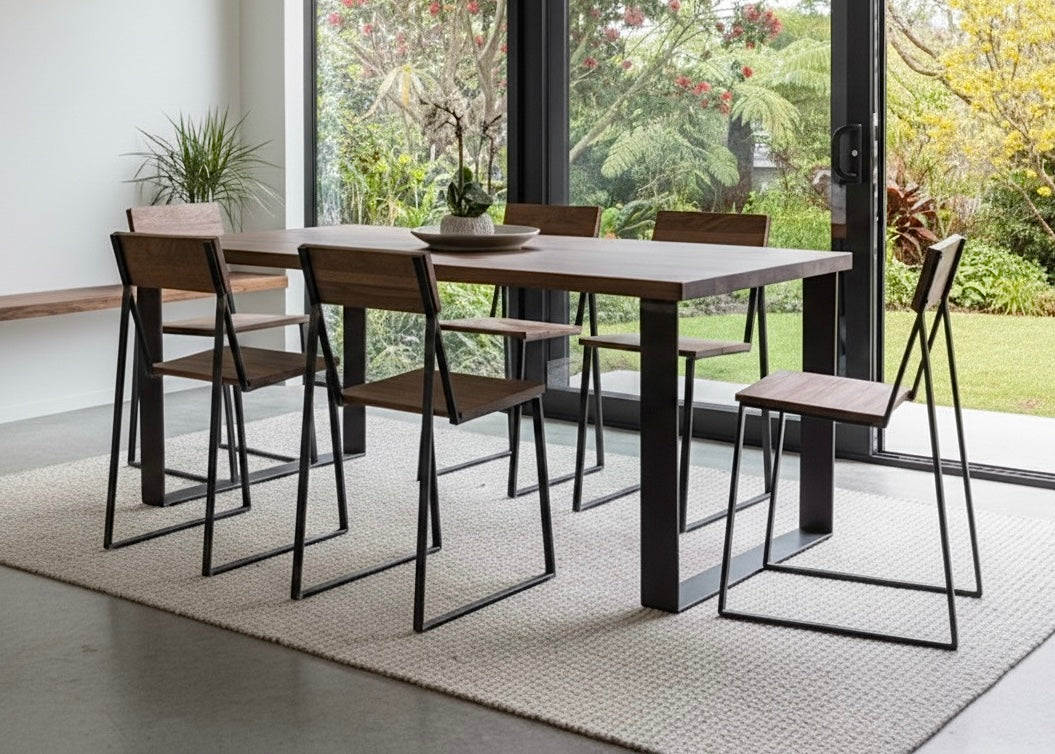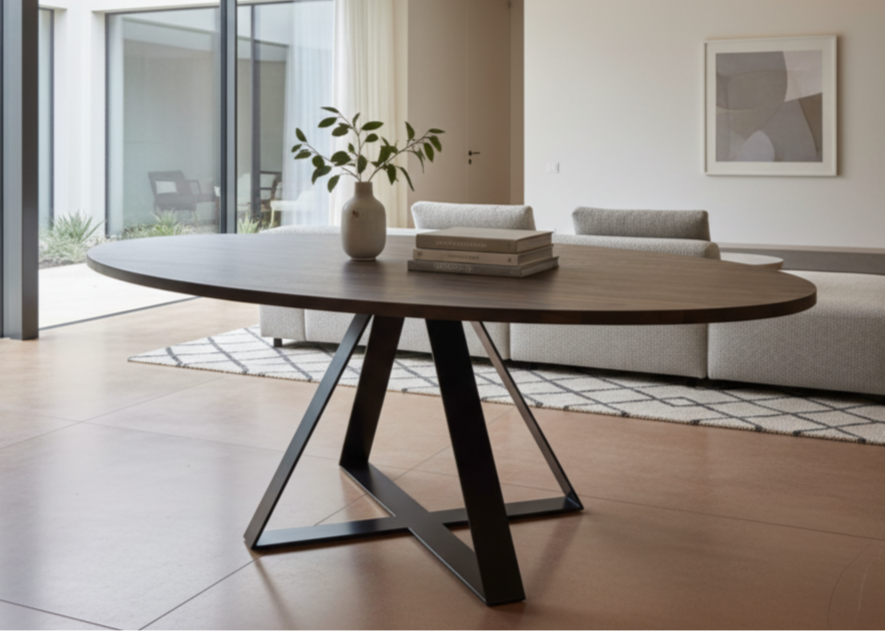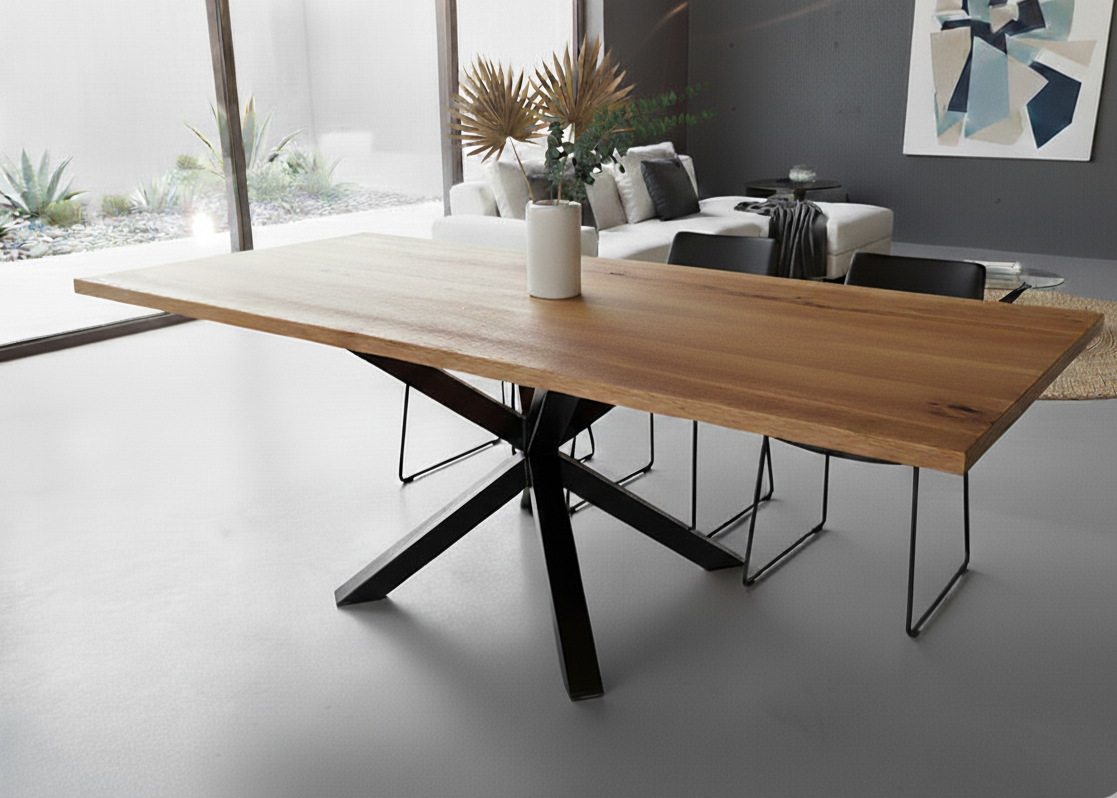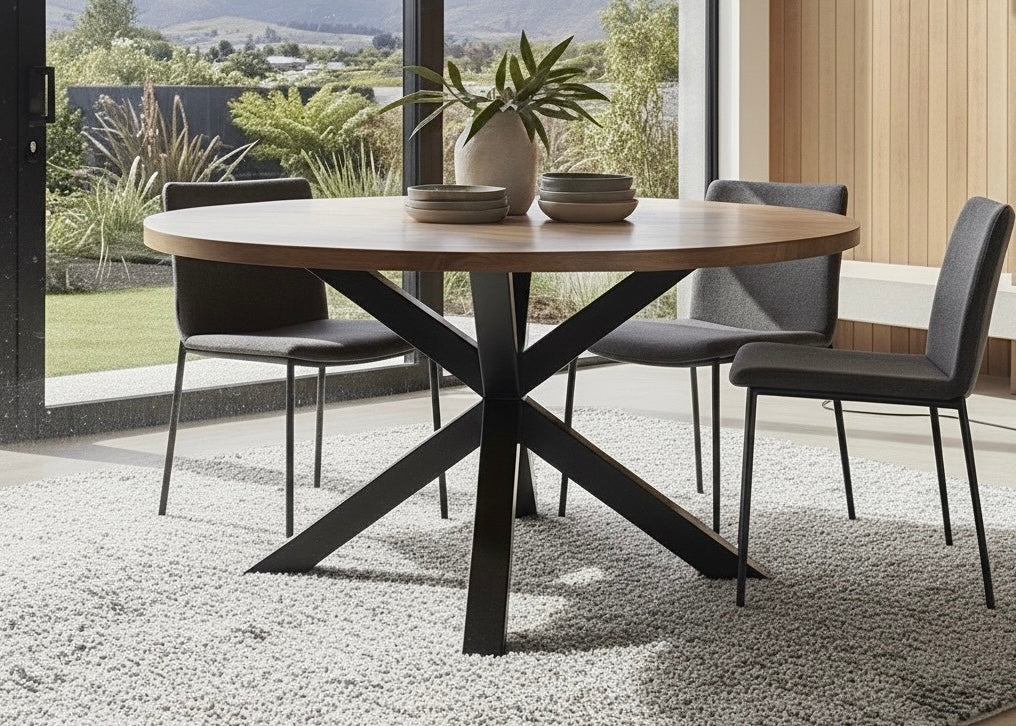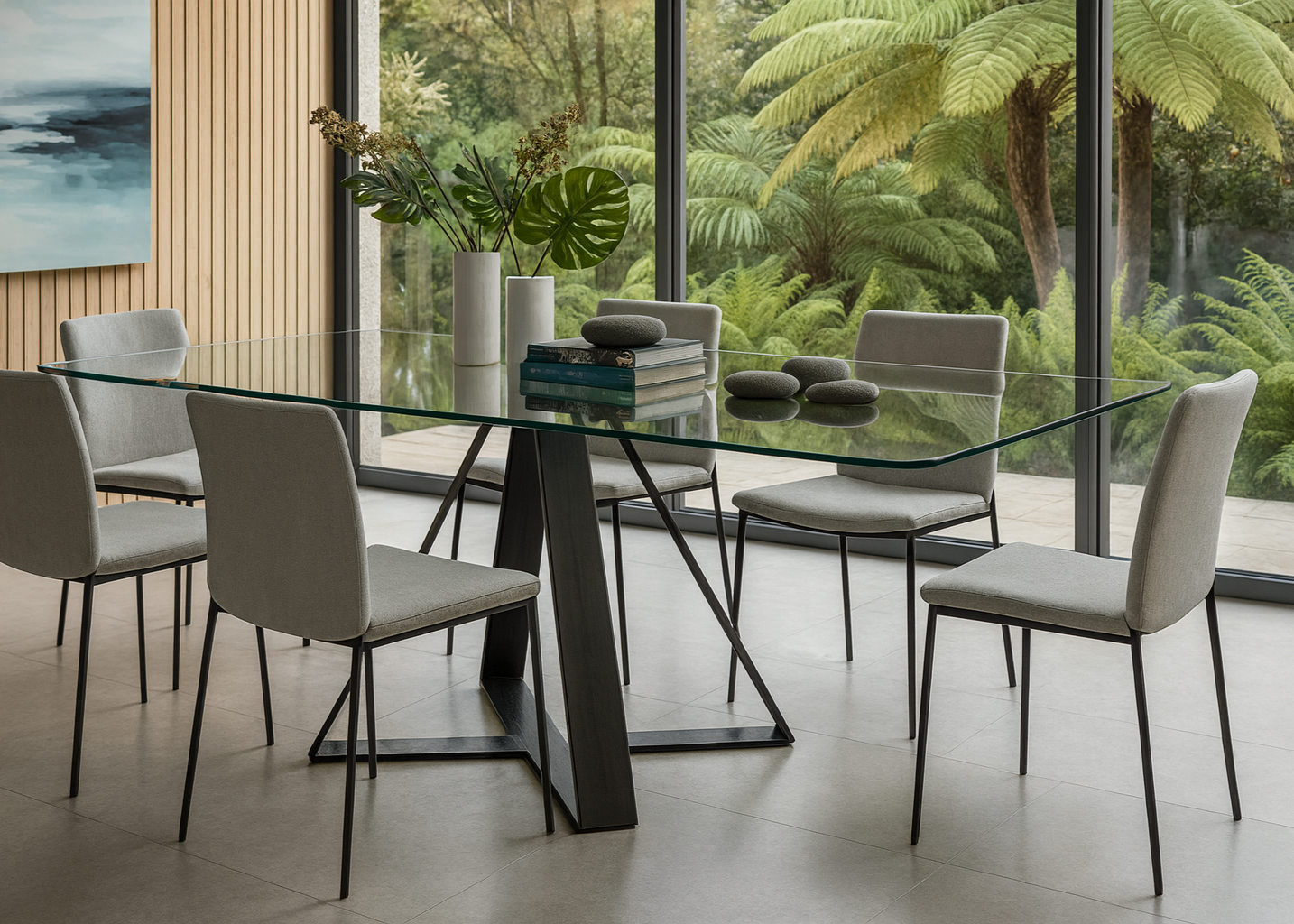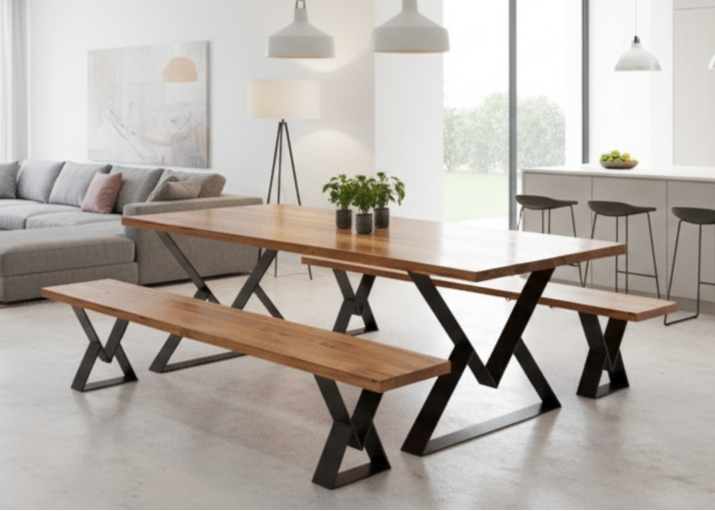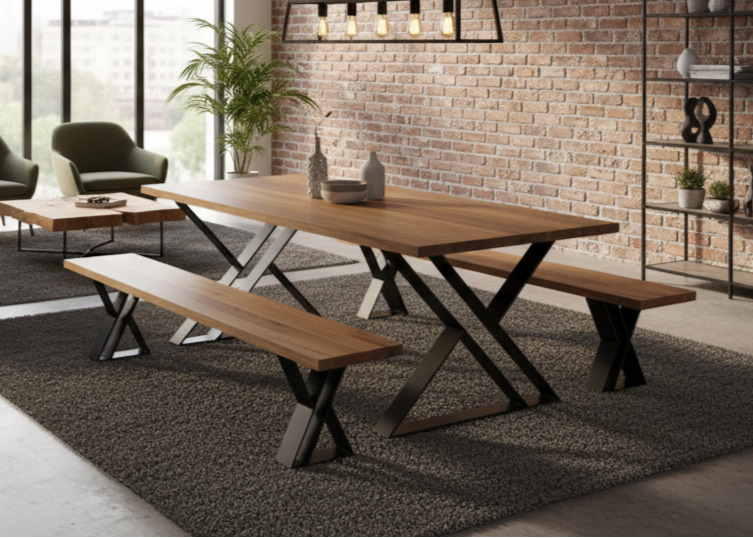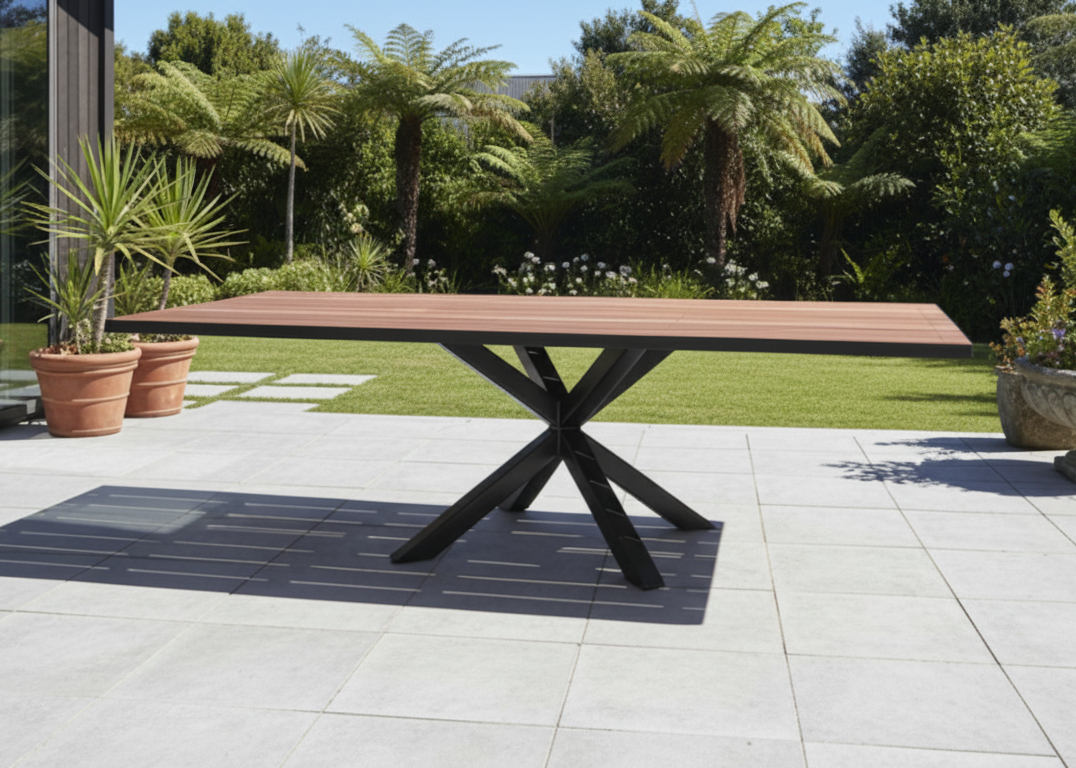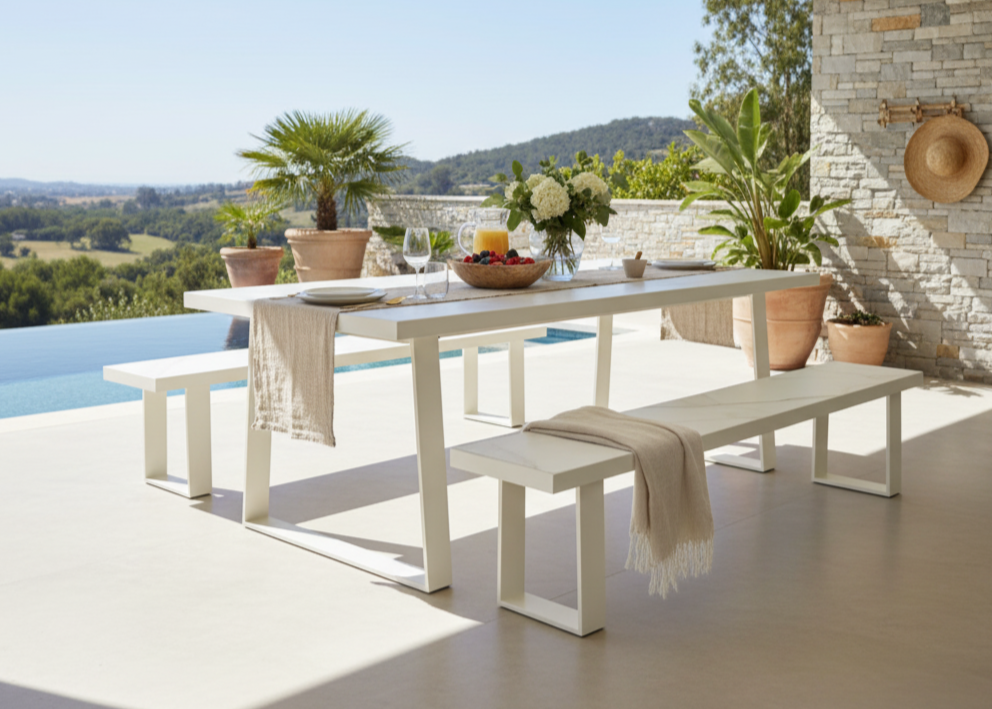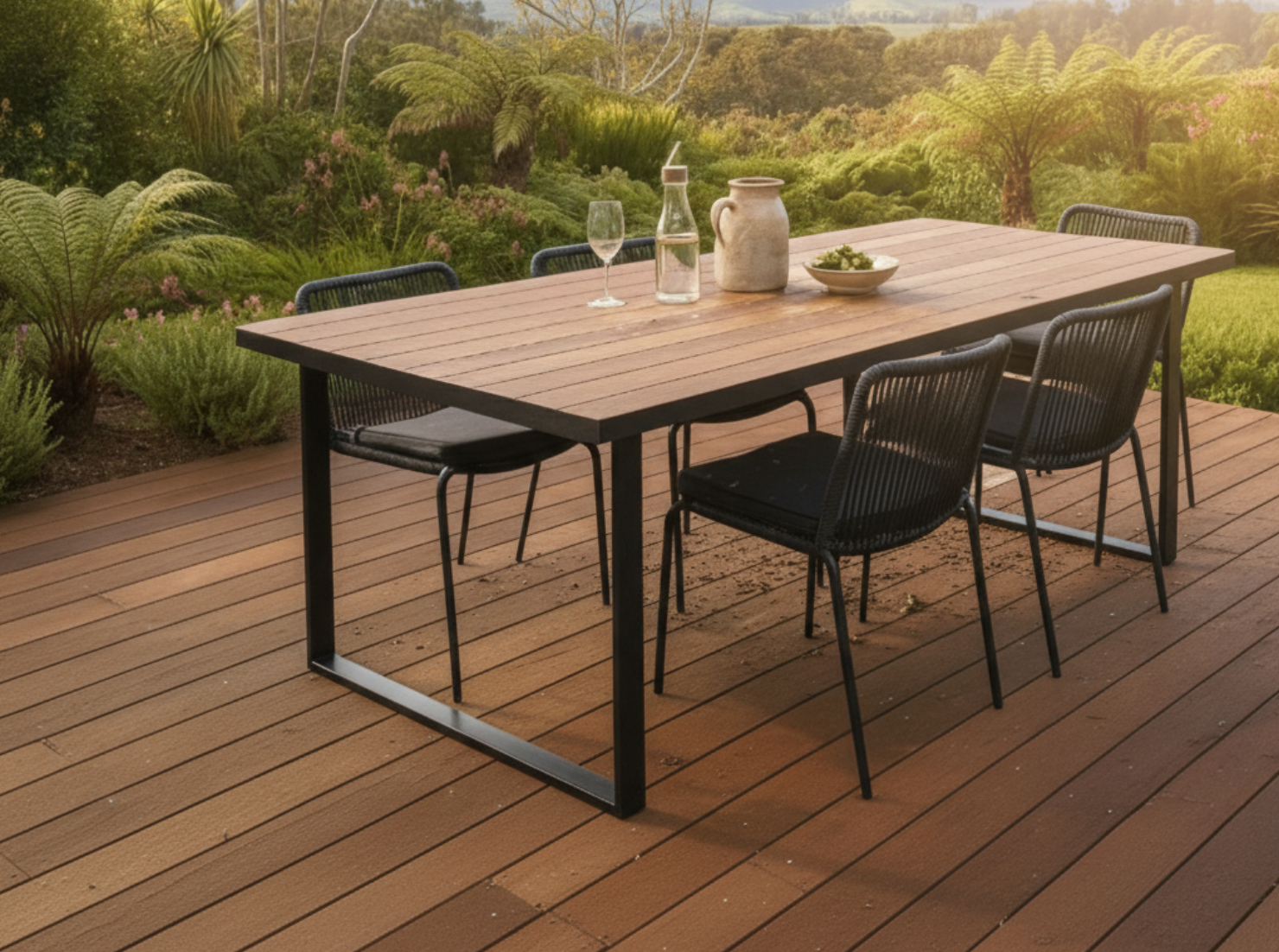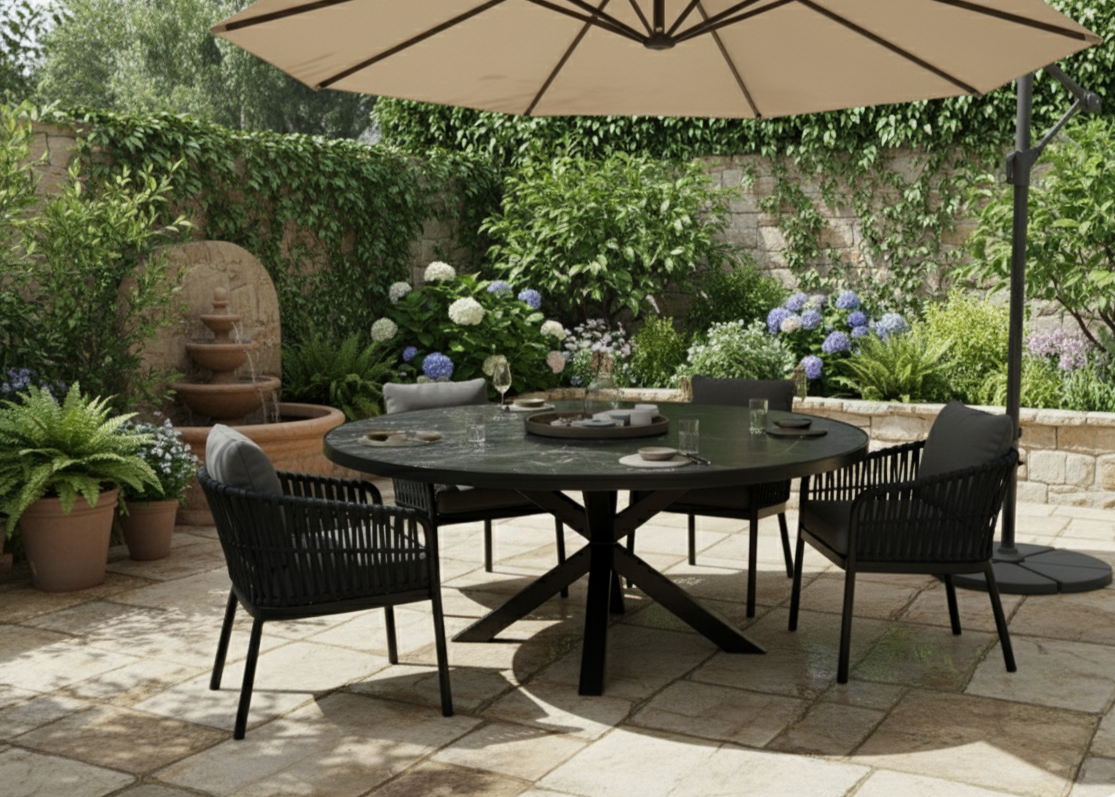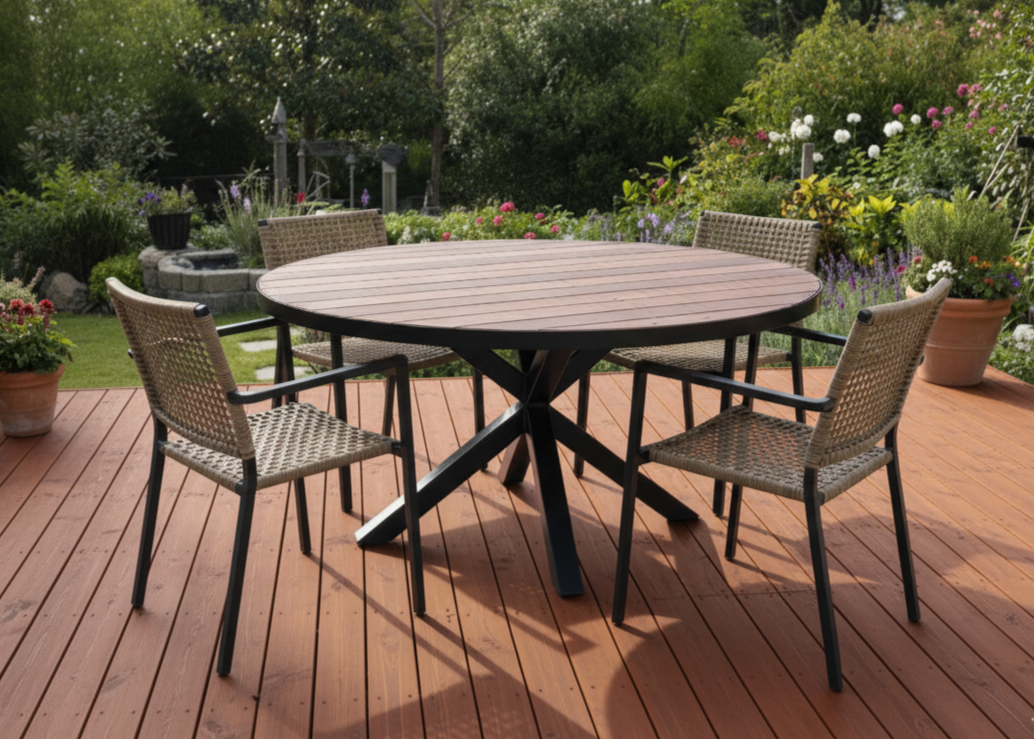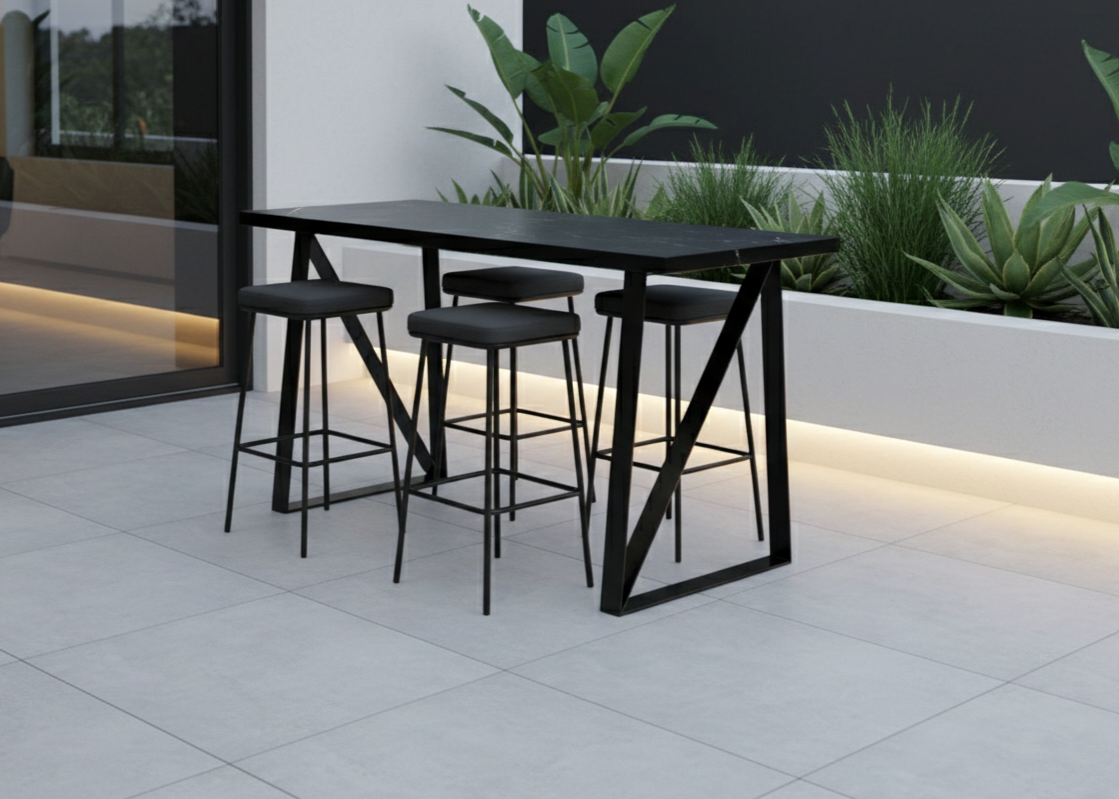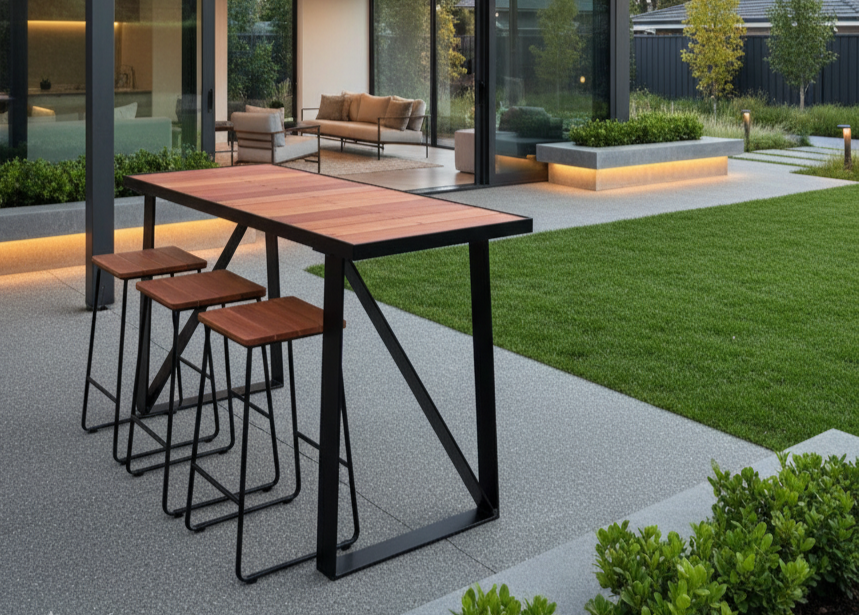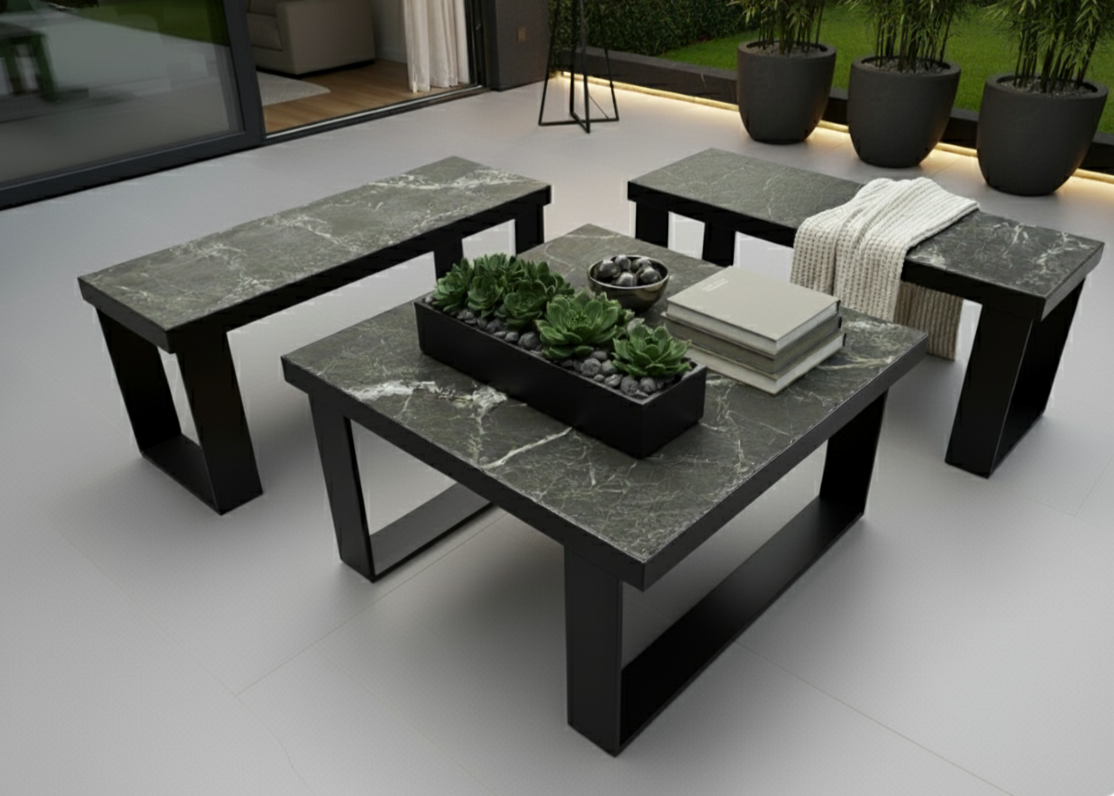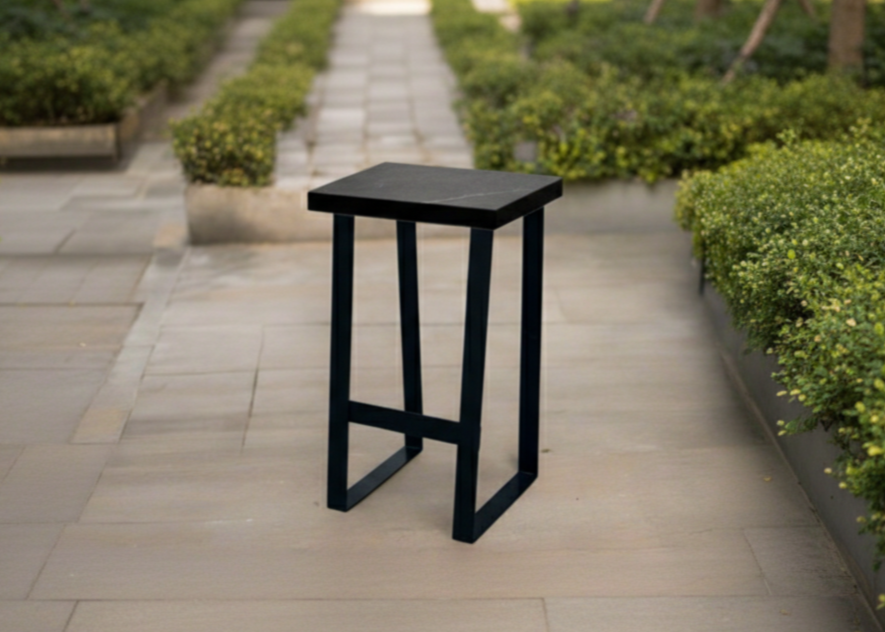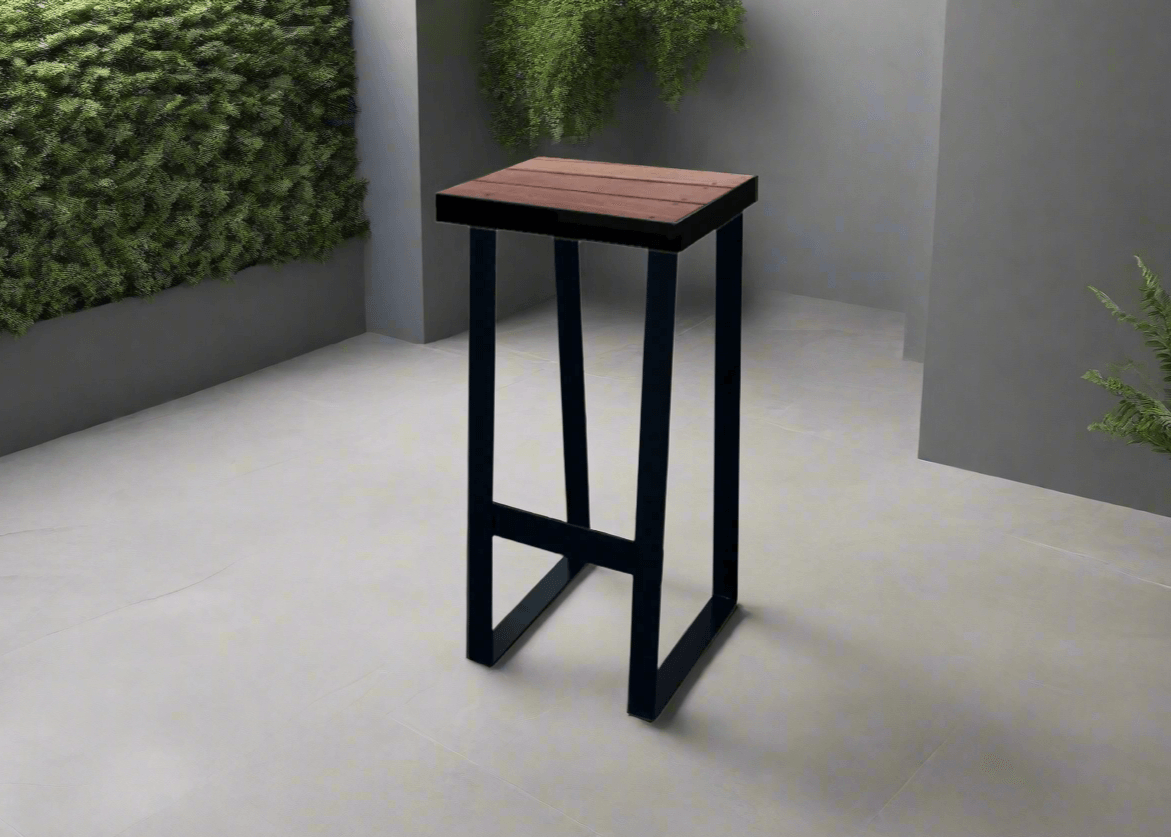Custom furniture is made in 4-6 weeks, some items are in stock. If you need something faster, just let us know.
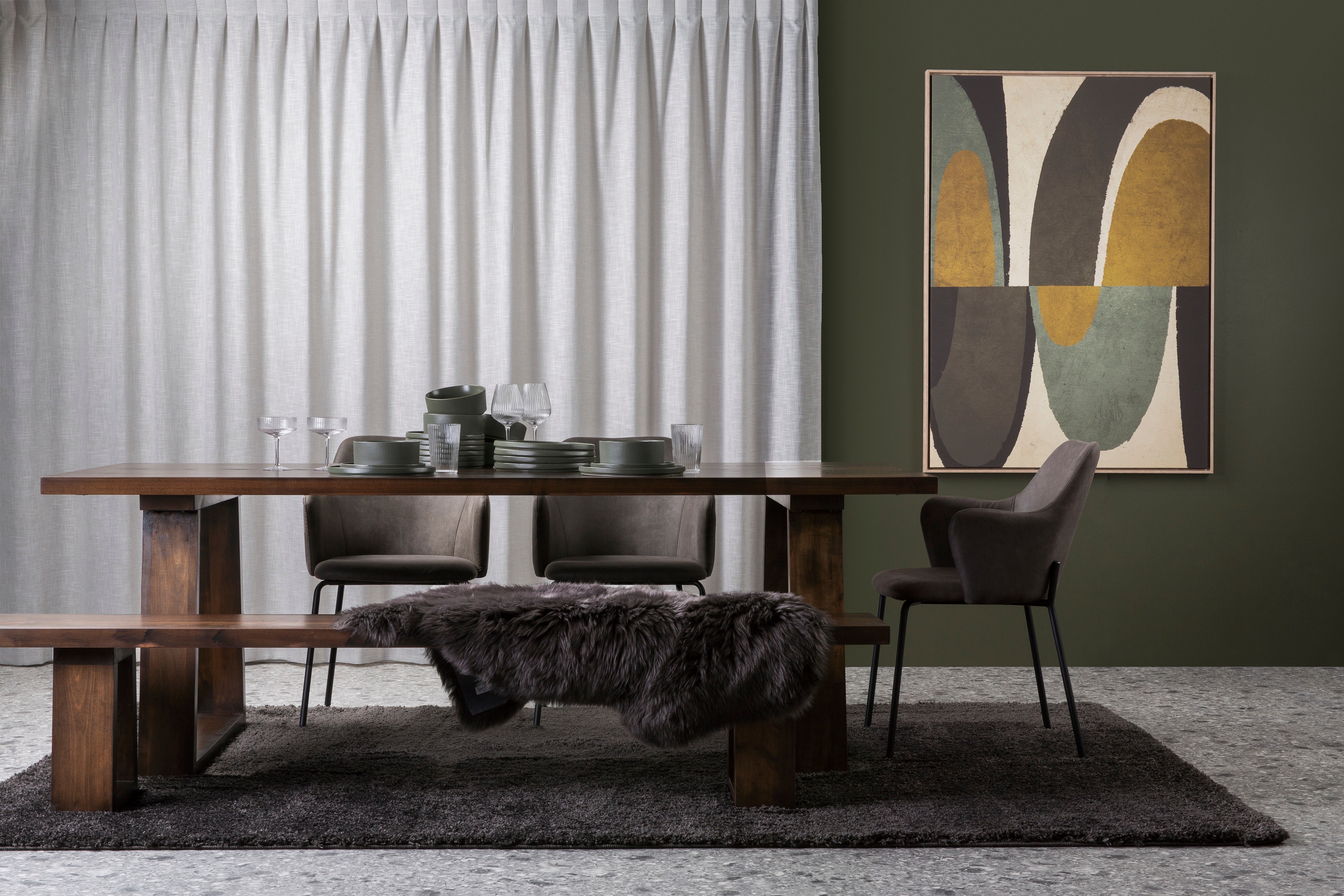
Design Partners
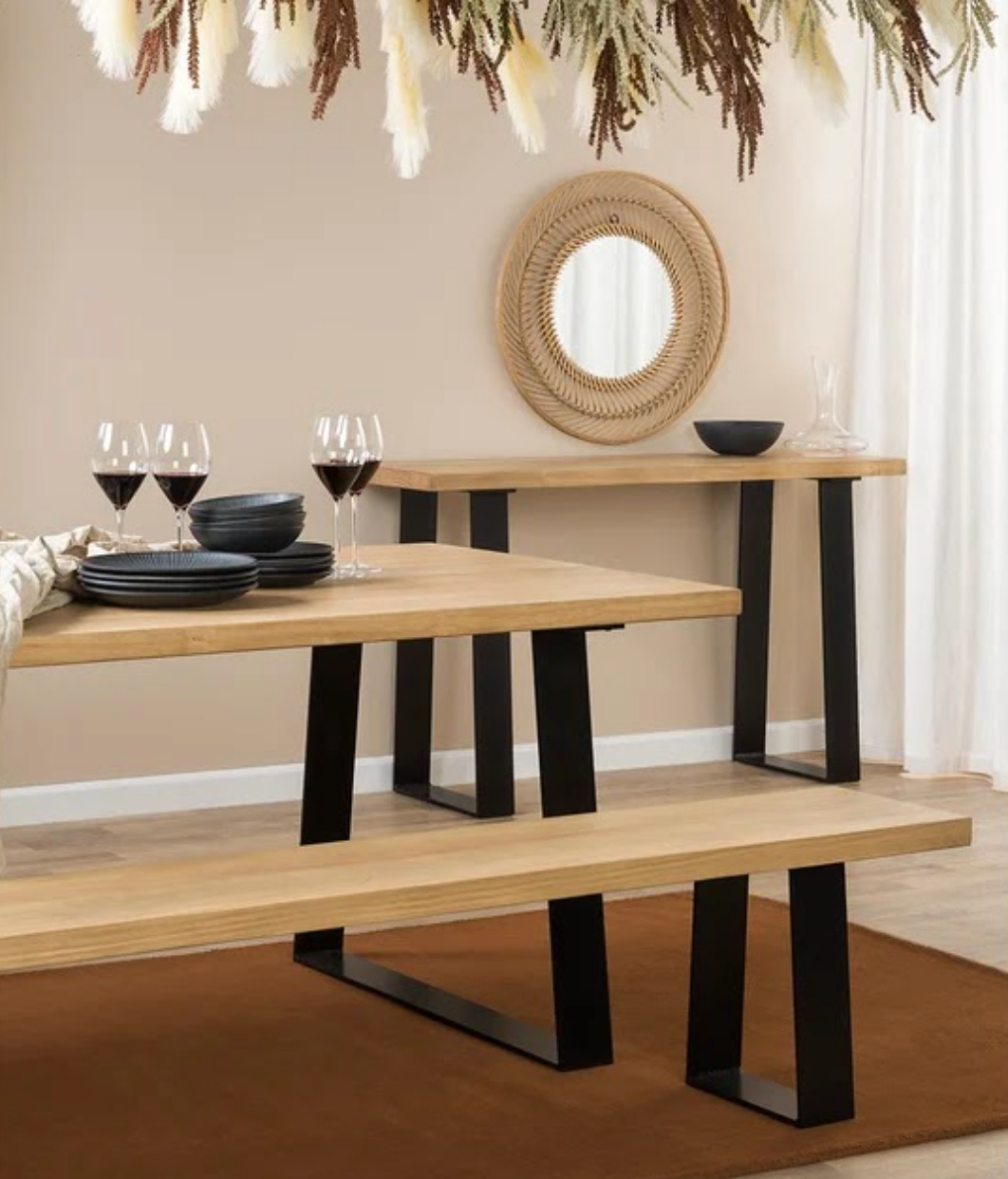
Become an Innate Furniture Design Partner
If you’re an architect or designer who values sustainability, local stories, and honest materials, we’d love to work with you.
At Innate, we specialise in custom tables, countertops, and fitouts made from New Zealand timbers like West Coast beech, Northland tōtara, and recycled rimu paired with NZ steel, wool, and leather. We go beyond “NZ Made” by focusing on NZ raw materials processed here at home, so the story you tell your clients is authentic from start to finish.
Working with us means more than access to products. It’s about giving your clients furniture that lasts for generations, finished with natural oils and backed by a sustainability story they can see, touch, and believe in.
Our design partnerships stretch across the country - from Queenstown and Wānaka to Wellington, Auckland, and Marlborough - and each project helps build a stronger, more sustainable design community.
If you’re looking for a partner who can bring integrity, craftsmanship, and innovation to your projects, let’s talk.
Partnership Benefits
We value our partners and provide exceptional service to foster long term relationships.
Commission and trade prices
+
Commission and trade prices
+
As an official Design Partner, you will qualify for a commission on sales your customers make through our website. You also qualify for trade discounts and can order directly through our online portal, as well as apply for a credit account.
Custom design service
+
Custom design service
+
We are not limited to designs on our website, and will work with you to design and make the table that you envision.
We particularly specialise in extra large tables and steel frame designs but will consider any request.
Our in-house CAD service ensures that you and your client can visualise each design before we make it.
Focused support
+
Focused support
+
We’re here to help. Whether it’s quickly answering product queries, welcoming customer visits or providing material samples, we’ll support you every step of the way.
Apply to Join
Join our network of designers to access custom design support, exclusive trade pricing and samples.
Subscribe to our newsletter
Infrequent, high quality reads you won't want to miss.



